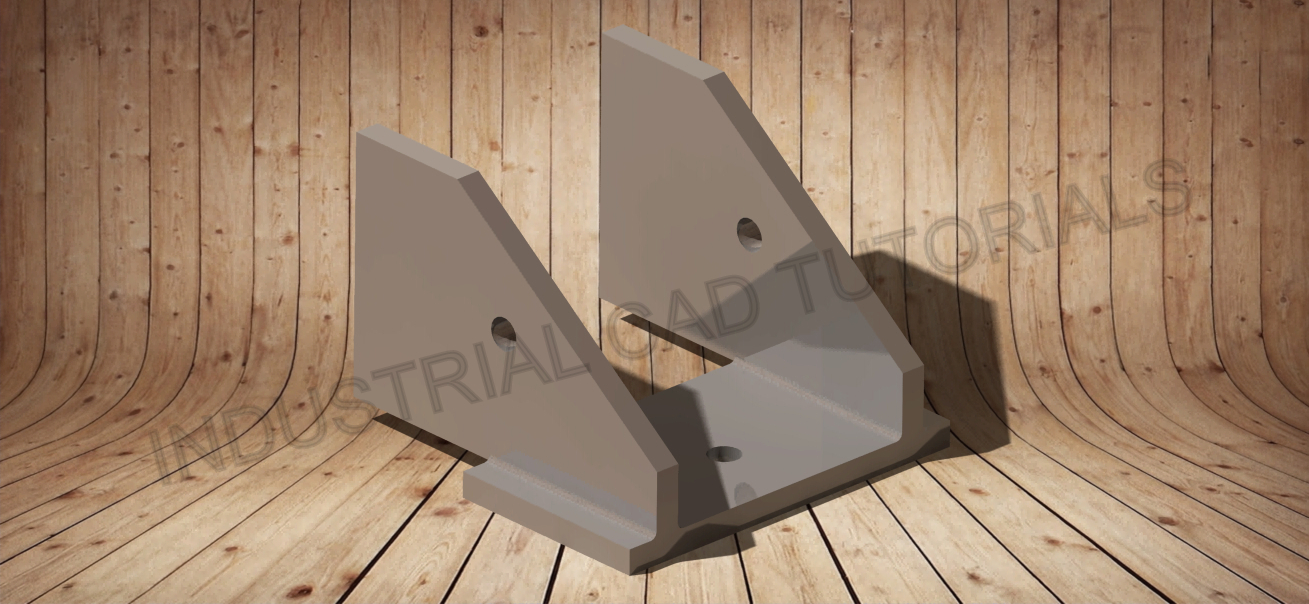Developing lug supports in AutoCAD and CATIA involves creating detailed 2D and 3D representations of structural supports with lugs used to attach equipment or components to various structures. Lug supports are commonly employed in industries like construction, machinery, and aerospace to secure items in place and distribute loads efficiently. AutoCAD and CATIA are powerful computer-aided design (CAD) software tools that can be utilized to create and model these lug supports.
Below are general steps for developing lug supports in both AutoCAD and CATIA:
1. Understand the Lug Support Requirements:
- Familiarize yourself with the specifications of the lug supports, such as the load-bearing capacity, dimensions, attachment points, and any specific standards or codes to be followed.
2. AutoCAD:
- Start by creating a new drawing in AutoCAD.
- Use the 2D drafting tools to create a detailed plan view or sectional view of the lug support.
- Draw the shapes of the lugs and other components that will be used to attach the support to the structure.
- Add dimensions and annotations to specify critical details such as lug dimensions and distances between lugs.
- If needed, create multiple views of the lug support to show it from different angles.
2. CATIA:
- Open CATIA and start a new Part Design or Generative Shape Design workbench, depending on the complexity of the lug support.
- Use sketches and 3D modeling tools to create the lug support’s 3D representation.
- Draw the shapes of the lugs and any other attaching components.
- Utilize features like extrusion and fillet to create the lug support’s overall shape and round the edges of the lugs.
- Utilize CATIA’s advanced surfacing capabilities to create smooth and continuous surfaces for more complex lug support designs.
- Add dimensions and annotations to communicate critical information about the lug support.
3. Detailed Design (Optional):
- Add reinforcement features, gussets, or ribs to increase the lug support’s strength and rigidity.
- Consider adding any additional features required to improve the lug support’s load distribution capabilities.
4. Analysis and Validation:
- If necessary, perform structural analysis or simulations on the lug support to ensure it meets the required load-bearing capacity and safety standards.
5. Documentation and Collaboration:
- Create detailed engineering drawings and documentation for manufacturing and assembly.
- Share the design files with relevant stakeholders, such as manufacturers or assembly teams, for feedback and collaboration.
Developing lug supports requires precision and attention to detail to ensure they meet the required structural and safety standards. Engineers with expertise in structural design and relevant industry standards should be involved in the process. Both AutoCAD and CATIA provide the necessary tools to create accurate and detailed lug support models, with CATIA being preferred for more complex designs due to its advanced 3D modeling capabilities.

